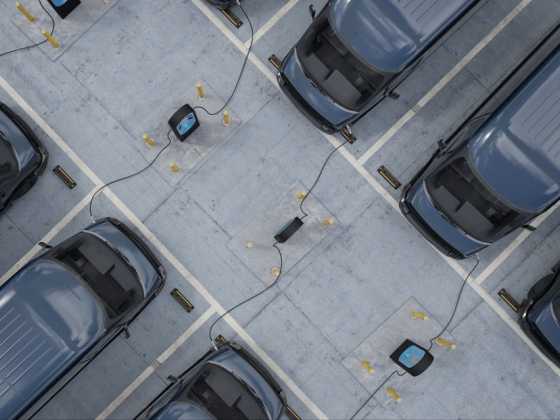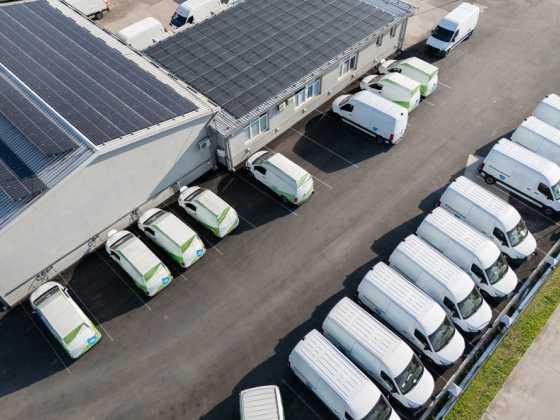The economic drivers of EV progress

Jonathan Murray, Acting Managing Director at Zemo Partnership, explores how falling costs, growing consumer demand and total cost of ownership advantages are accelerating the shift to electric vehicles
Despite all the ‘heat and noise’ in the debate around climate change recently, I’ve been very struck by news that it’s markets that are now – and increasingly will – determine the course of our energy transition, both nationally and globally.
First, the big picture on energy: we’ve just learned that renewable energy overtook coal as the world’s leading source of electricity in the first half of 2025. This has been driven by spectacular reductions in the cost of solar (in particular), wind and associated battery technologies.
Whatever politicians may say, or think, these economic drivers of change are becoming unstoppable.
Closer to home, the latest numbers on car sales from the SMMT show that in the best September for UK new car sales since 2020, ‘electrified’ cars – for the first time – were responsible for over half of those sales. Okay, this statistic includes nearly 50,000 hybrid vehicles - without plugs - but there were also monthly record sales of 72,779 BEVs and 38,308 PHEVs.
The market share of BEVs has increased from 16.5% of new car sales in 2023 to 21.9% in the year-to-date 2025.
Autotrader (with ChargeUK, the SMMT and others) recently reported that the ‘premium’ for electric car prices over petrol and diesel has fallen to a record low (19%, compared to 33% a year ago).
Moreover, there’s a growing body of evidence to suggest that EVs are already far closer to cost parity with ICE models when you compare like-for-like models; while petrol cars are often offered in stripped-back ‘base trims’ designed to hit a marketing price point, EVs are more highly spec’d from the start. Discounted EVs are rich in features such as connectivity, advanced driver assistance, performance upgrades and over-the-air software updates while these remain expensive extras, or are simply unavailable, on ICE models.
Add the narrowing purchase price gap between BEVs and ICE vehicles to the annual running cost (TCO) advantages, then throw in that more and more EVs are eligible for the Government’s new plug-in grant and the financial case for most buyers is surely becoming compelling.
So – like solar, wind and batteries at the global scale - economics is driving the transition to electric vehicles…and it is also becoming unstoppable.
The Committee on Climate Change recently weighed into the discussion. In a recent public letter to the Transport Secretary, new CCC Chair Nigel Topping wrote: “the Committee’s view is that BEVs are increasingly outcompeting internal combustion engines on performance, reliability and cost of ownership”.
This is not to say that there aren’t still challenges and difficulties to be overcome. The CCC highlights a significant concern in its letter to Heidi Alexander; the Committee worries that changes to the Vehicle Emissions Trading Schemes (VETS) Order (which implements the ZEV Mandate) will encourage manufacturers to expand sales of PHEVs at the expense of BEVs. The CCC says that real-world CO2 emissions from PHEVs are hugely understated.
Of course there are considerable challenges too around getting the electricity to the vehicles that need them; the recharging infrastructure and – particularly – supplying power to those without access to their own off-street or private charging.
But, for the moment, let’s celebrate the economic drivers of progress and focus on swimming with the tide of change and tackle the challenges that remain.






